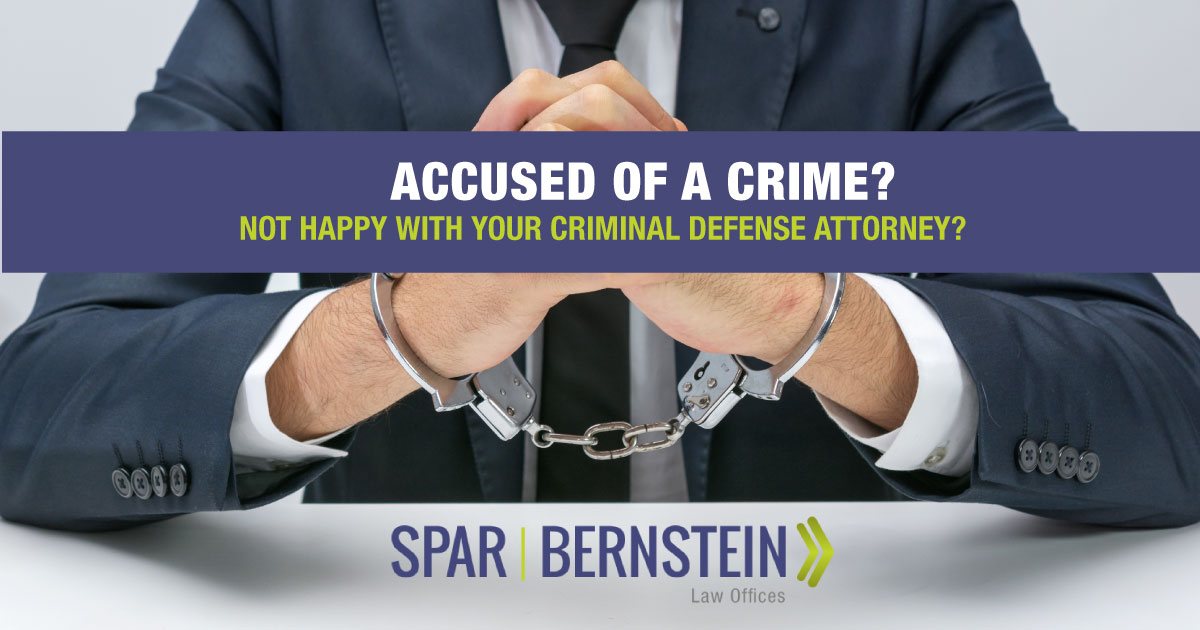Browsing A Criminal Test: An Extensive Detailed Assessment Of What Takes Place
Browsing A Criminal Test: An Extensive Detailed Assessment Of What Takes Place
Blog Article
Content Written By-Donovan Brooks
When you step into a criminal trial, you could be amazed by the organized process that unfolds. It all starts with court selection, where possible jurors are looked at for predispositions through an approach called "voir dire." Afterwards, both sides present their opening declarations, establishing the stage for the evidence and testimonies to follow. You'll see just how the prosecution and defense develop their situations, but what happens next can significantly affect the result. Comprehending these stages can disclose the intricacies of justice, but there's more to discover about the critical moments that follow.
Jury Selection Refine
When it concerns the jury selection procedure, you're diving right into an important phase of a criminal trial. This process, commonly called "voir dire," includes questioning possible jurors to ensure they're honest and efficient in delivering a fair verdict.
You'll see both the prosecution and defense lawyer participating actively, each aiming to pick jurors who straighten with their case's narrative.
During voir dire, you'll notice that lawyers ask questions about jurors' histories, ideas, and experiences. petit larceny defense lawyer is to recognize any kind of pre-existing biases that can affect a juror's decision. As a juror, you may really feel a mix of anxiety and interest, yet your sincerity is crucial.
After examining, attorneys can test particular jurors for cause if they believe a juror can't stay unbiased. They can additionally utilize a limited variety of peremptory difficulties to reject jurors without mentioning a reason.
Trial Phases Explained
The stages of a criminal trial play a crucial duty in making certain a reasonable and structured process.
You'll first encounter the opening declarations, where both the prosecution and protection detail their situations. This sets the stage of what's to come.
Next, the prosecution presents its proof and witnesses, aiming to confirm the accused's shame past a practical doubt. a criminal defense lawyer 'll see straight assessment followed by interrogation, enabling both sides to challenge the presented information.
After the prosecution relaxes its instance, it's the protection's turn. They'll present their evidence and witnesses, typically concentrating on creating affordable doubt. You'll discover that the protection doesn't have to prove innocence; they simply need to challenge the prosecution's case.
Once both sides have actually presented their debates, you'll hear closing declarations, where each party summarizes their situation. This is critical as it reinforces their placements before the court mulls over.
Throughout these phases, the court makes certain that the trial adheres to legal standards and that the legal rights of both celebrations are secured.
Understanding https://docs.google.com/spreadsheets/d/1cLVJiwaBw2l2VrA9roVi_zBudCiNFM4ETalDuehTzPs/edit#gid=684852650 will certainly help you appreciate the intricacies involved in a criminal test and the value of each action in the pursuit of justice.
Judgment and Punishing
After all evidence has been presented and disagreements made, the court or judge provides a verdict, identifying the offender's shame or virtue. If you belong to the jury, you'll mull over with your fellow jurors, going over the proof and your impacts. This process can require time, as you'll wish to make sure everyone settles on the decision based upon the realities.
When a verdict is reached, it's introduced in court. If the offender is found guilty, the following phase is punishing. This is when the judge chooses the ideal penalty. You might notice that numerous factors influence the sentence, such as the severity of the crime, the accused's past record, and any type of mitigating scenarios.
The court might impose a variety of sentences, from fines and social work to jail time. Sometimes, the defense or prosecution can present arguments concerning sentencing, attempting to persuade the judge's decision.
If the offender is found not guilty, they're acquitted, and no penalty adheres to. Bear in mind that a guilty decision can frequently lead to allures, where the defendant may test the verdict or the sentence enforced.
Conclusion
In a criminal test, you've seen just how critical each action is, from court choice to the last decision. You've complied with the prosecution and protection as they construct their cases, intending to convince the jury. When deliberation concludes, the verdict figures out the result, and if the defendant is condemned, the sentencing phase begins. Recognizing these processes aids you appreciate the intricacies of the justice system and the value of each function in guaranteeing a reasonable trial.
